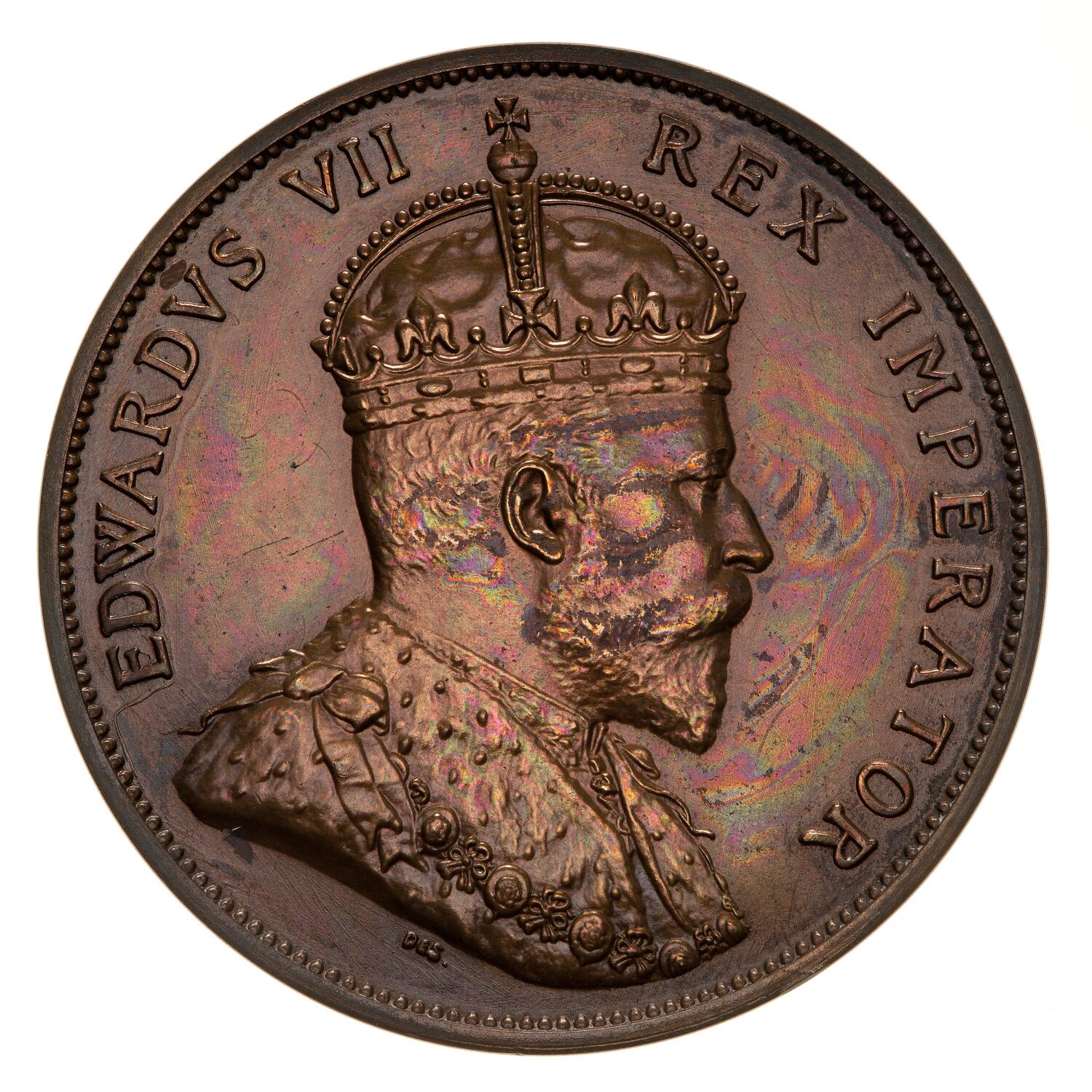
After being struck, they are separately and individually handled, in contrast to normal coins which are thrown into bins. In addition 20 dies were made for the proof coinage, two for the annual assay medal, and one for President Harrison medal, as shown by the following.

This does not normally result in doubling that is readily observable, but does result in the devices being struck fully. Most proof coins are double struck under higher pressure. A PR70 coin is the highest grade possible for a proof coin and indicates a perfect example, with PR69 and lower grades reflecting some deficiency in the strike, centering, details, or other aspect of the coin. Certification agencies can grade and assign numerical ratings for proof coins. The term "proof" refers to the process by which the coins are made and not to the condition of the coin. Proof coins of the early 19th century even appear to be scratched, but it was part of the production process. Several other methods have been used in the past to achieve this effect, including sand blasting the dies, and matte proofs. The dies for making modern proof coins are often treated with chemicals to make certain parts of the design take on a frosted appearance, with the polished fields taking on a mirror finish. The coins are struck multiple times on polished planchets, with specially prepared dies.

By Jeff Garrett As most of you know, Proof coins are made for collectors and in most cases are distinctly different in appearance to coins made for circulation. They can usually be distinguished from normal circulation coins by their sharper rims and design, as well as much smoother "fields" – the blank areas not part of the coin's design. The circulating coins for 2018 are individually hand-minted utilizing specially treated blanks and dies that ensure maximum, i.e. The US Mint has been striking what are universally considered Proof coins since at least 1817. Preparation of a proof striking usually involved polishing of the dies. Nearly all countries have issued proof coinage. Proof coinage refers to special early samples of a coin issue, historically made for checking the dies and for archival purposes, but nowadays often struck in greater numbers specially for coin collectors (numismatists). Stamps, First Day Covers, and other Philatelic items

Mintmark, Privy Mark, and Counterstamp Coins ANDA (Australasian Numismatic Dealer’s Association) Releases


 0 kommentar(er)
0 kommentar(er)
